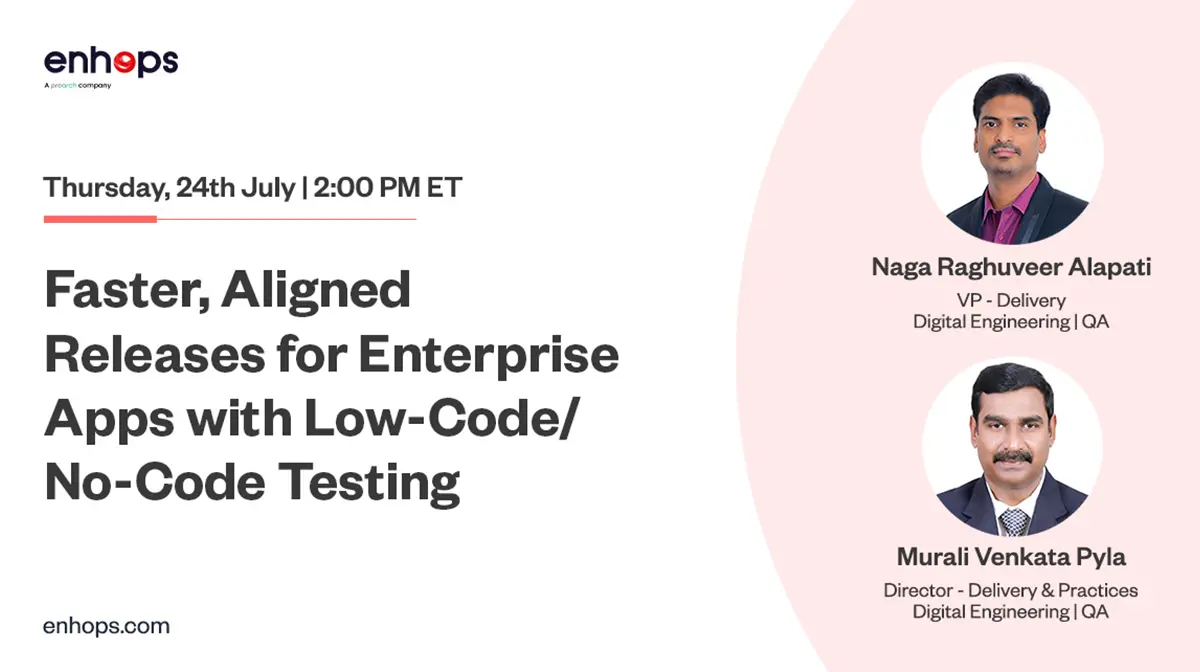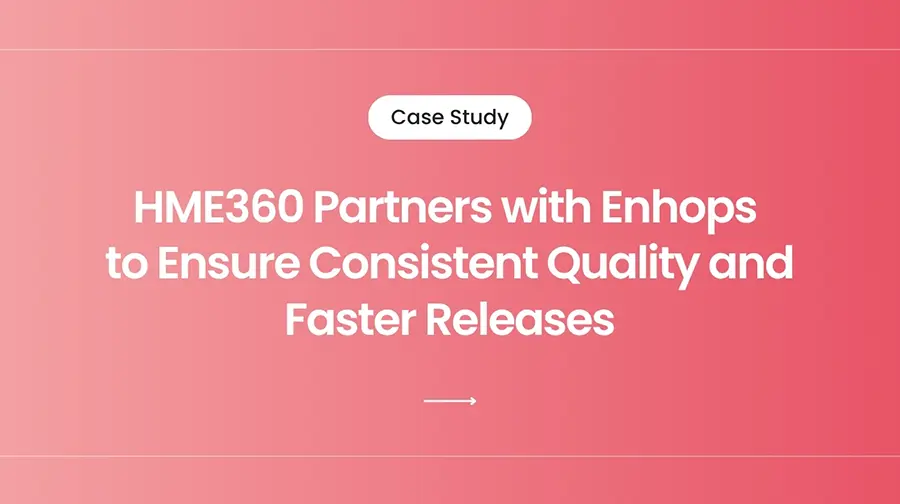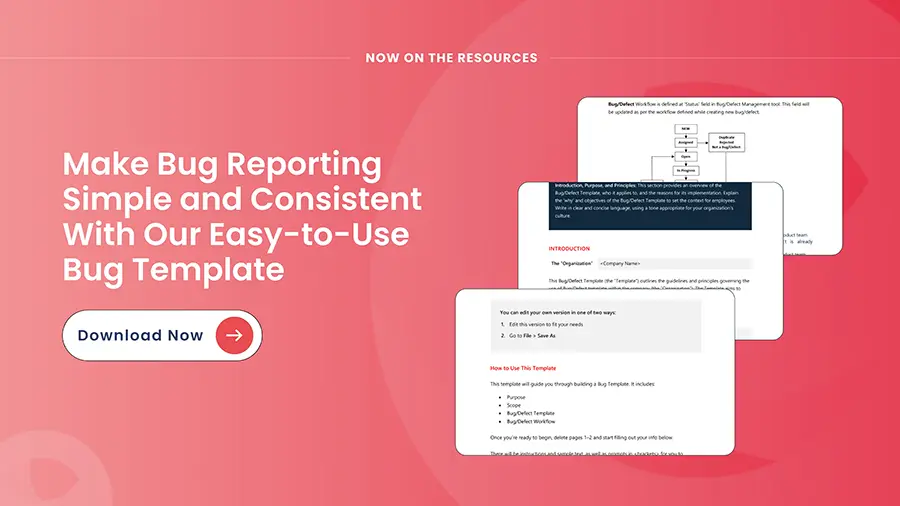Slowly, the industry is moving away from monoliths. The reason is that they are challenging to deploy, scale, and integrate with new-age technologies. A monolithic application is built as a single unified software application that is very self-contained and independent from other applications. Hence, it becomes challenging to make new changes, add more features, or ensure interoperability between systems. This paves way for microservices.
Microservices application are a collective system built using numerous small services that communicate with each other to enable a fully functional system. Microservices applications are the new norm in software development. Because they can construct large applications as distributed systems, they are easy to manage and maintain and provide great scalability. But they are difficult to test and requires customized testing strategy.
The Cloud Microservices Market size is estimated at USD 1.63 billion in 2024 and will reach USD 4.57 billion by 2029, growing at a CAGR of 22.88% during the forecast period (2024-2029).
Source: Mordor Intelligence
In this article, we’ll walk you through key testing strategies for microservices architectures – how to test them effectively and deliver robust digital applications.
Why testing microservices is different
Microservices consist of multiple small services interacting with each other to form a bigger and more robust system. It is impossible to test all service components simultaneously in the same environment. Manual and traditional testing methods are incapable of doing this, and even with the best test automation practices, there are loopholes in achieving complete test automation for microservices.
Microservices are highly dependent on the provider-consumer API structure. This means that after any updates across APIs, there’s no guarantee that the other API will not fail, and hence, after every API update, all services need to be tested completely.
Therefore, you need a robust testing strategy tailored for microservices architectures.
Types of Microservices Tests
Here are a few tests we recommend for any microservices architecture –
- Microservices Unit Testing – Unit tests ensure that each piece of code in the applications runs according to the business logic and doesn’timpact any other functionalities. They should be error-free, and developers must test the code on their devices. In microservices testing, it is essential to test each service individually after each code deployment, and hence, automated testing can help reduce manual work and ensure faster bug detection.
- Microservices Integration Testing – Integration testing determines how services interact with each other and whether there are any deviations from usual or expected behavior. In integration testing, service requests are observed for their behavior to ensure that they communicate as expected with each microservice and return the expected outputs.
- Microservices Component Testing – Component testing ensures that every service component in the overall microservices architecture is working as expected. To verify this, test the entire use case or process contained in a single microservice. While executing component testing, external dependencies are created in the form of mocks to speed up testing. A component test starts by requesting a business function through a public interface and confirms the expected results returned through the public interface.
- Microservices Contract Testing – Contract testing is highly recommended in a complex microservices environment. With multiple distributed services running in production, it is important to test the contract between consumer and provider APIs. When the consumer tester API runs a request, the provider API must return the expected results. If it doesn’t return the expected result, the developer of the producer API must rectify the issue.
- End-to-End (E2E) Microservices Testing – With end-to-end microservices testing, microservices are tested as a whole system to see if the expected output is within the service level agreement. It can also be termed user journey testing, where an end-user makes a request, and the entire system executes it in the desired way.
Building a Test Automation Strategy for Microservices
With monolithic applications, testing usually comes at the end of the waterfall method. Once the team is done building the application, the testing team will test it, identify bugs and errors, and then report back to the development team. This process delayed releases, but now, with agile and lean methodologies, test automation has become an integral part of software development.
While microservices provide numerous benefits, testing them is still a challenge.
Here’s a quick rundown of some key testing strategies for implementing test automation in a microservices environment:
- API Test Automation: Since microservices heavily rely on APIs for inter-service communication, you need a robust API automation approach. Tools such as Postman, Rest Assured and SoapUI are widely used. This enables early, automated verification of service endpoints and responses.
- Embrace Modular Testing: In a microservices architecture, it is essential to test all independent services in isolation, then scale them to be tested in components, and then embrace test automation for the entire system. As easy as it sounds, this requires a combination of test automation techniques like unit testing, integration testing, and systems testing.
- Use Mocking and Stubbing: Microservices dependencies must be checked without disturbing internal architecture and systems. Hence, techniques like mocking and stubbing are recommended to replicate dependencies in a mock environment. Stubbing defines responses from external dependencies to control the behavior of tests.
- Implement Contract Testing:Contract testing helps define the expected behavior of a service and automate it to ensure each microservice is fulfilling its desired behavior while integrating with other services.
- Integrate with CI/CD pipeline: Integrate automated tests into your Continuous Integration and Delivery (CI/CD) pipeline. This allows for automated testing with every code change, providing fast feedback and improving overall quality.
- Work with Test Automation experts: Testing microservices can be challenging for in-house engineering teams already tasked with maintaining large systems, overseeing daily operations, leading teams, and preserving organizational knowledge. Therefore, it’s advisable to collaborate with test automation experts and adopt a managed services approach for efficient testing.
Embracing Test Automation and Managed Services
At Enhops, we pride ourselves in helping some of our notable clients implement sustainable Microservices testing strategies and helped them achieve more than 90% coverage for their microservices architecture. With our ready-to-deploy and tech-agnostic solution accelerators and test automation experts, we make it easy for clients to start or scale their Microservices testing journey. We always choose the right tools, frameworks, and strategies for specific microservices architecture.
If you have a specific project for test automation or want to scale your microservices testing, let’s talk. Reach out to us at marketing@enhops.com or fill the contact form on our website.




